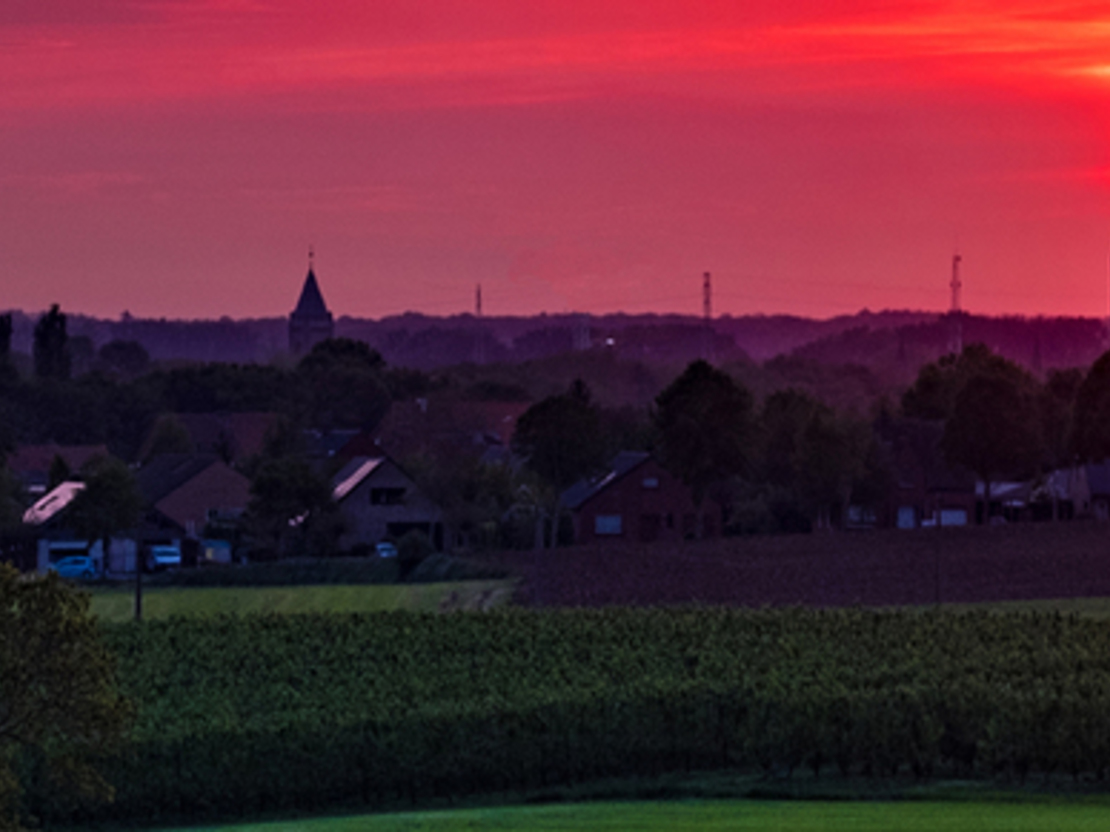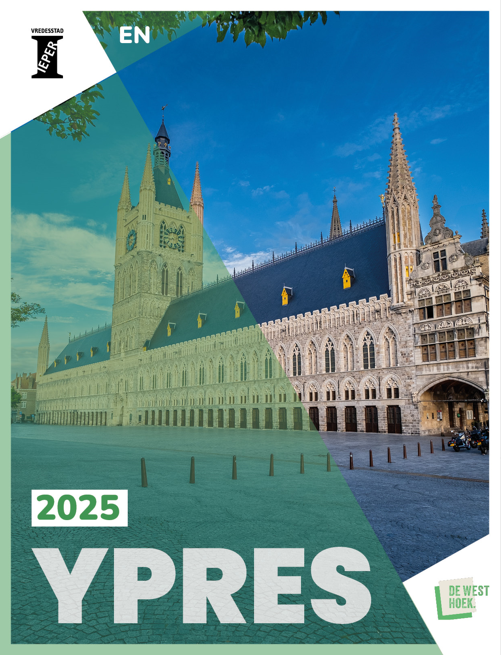Hill 60
This hill was created by the earth excavated from the adjacent railway cutting. In 1914 it was captured by the Germans from the French. Later, this sector was taken over by the British, who began an underground war of mines and counter-mines. It is near the other famous Great War site, Hill 62.
The first British ‘deep' mine was exploded on 17 February 1915. Following a second detonation on 17 April 1915, the British were able to temporarily seize the hill, but it was soon lost. The underground war continued until the beginning of June 1917 (Third Battle of Ypres). Countless soldiers worked in the cold and the dark of the mine tunnels. Some of them died there and are still buried beneath the clay. In this sense, Hill 60 is a cemetery.
Hill 60 is now a quiet, pockmarked piece of land that is maintained in an unaltered state by the Commonwealth War Graves Commission. It is one of the more remarkable sites in the Ypres salient.
The site is permanently open and entrance is free.



